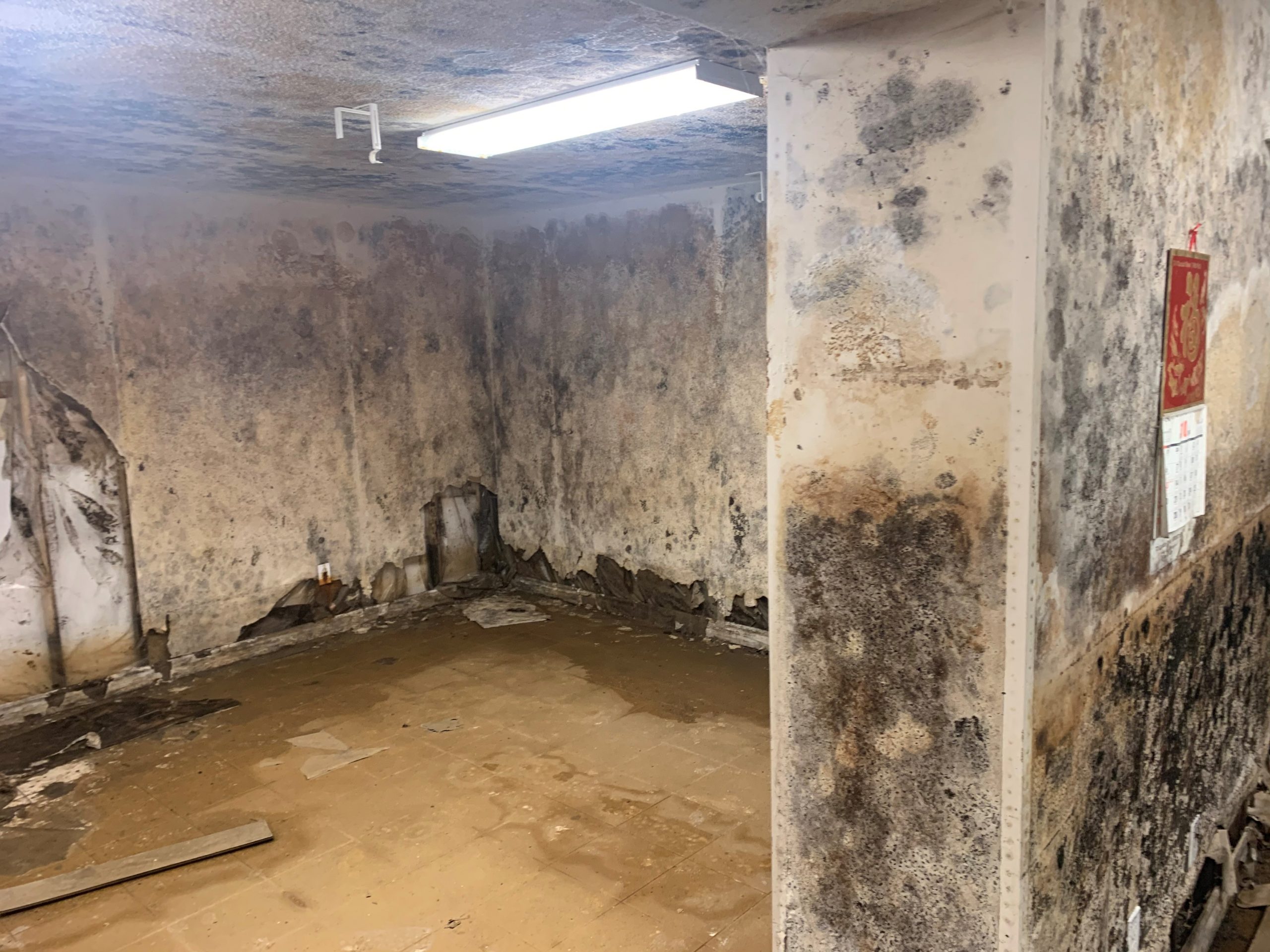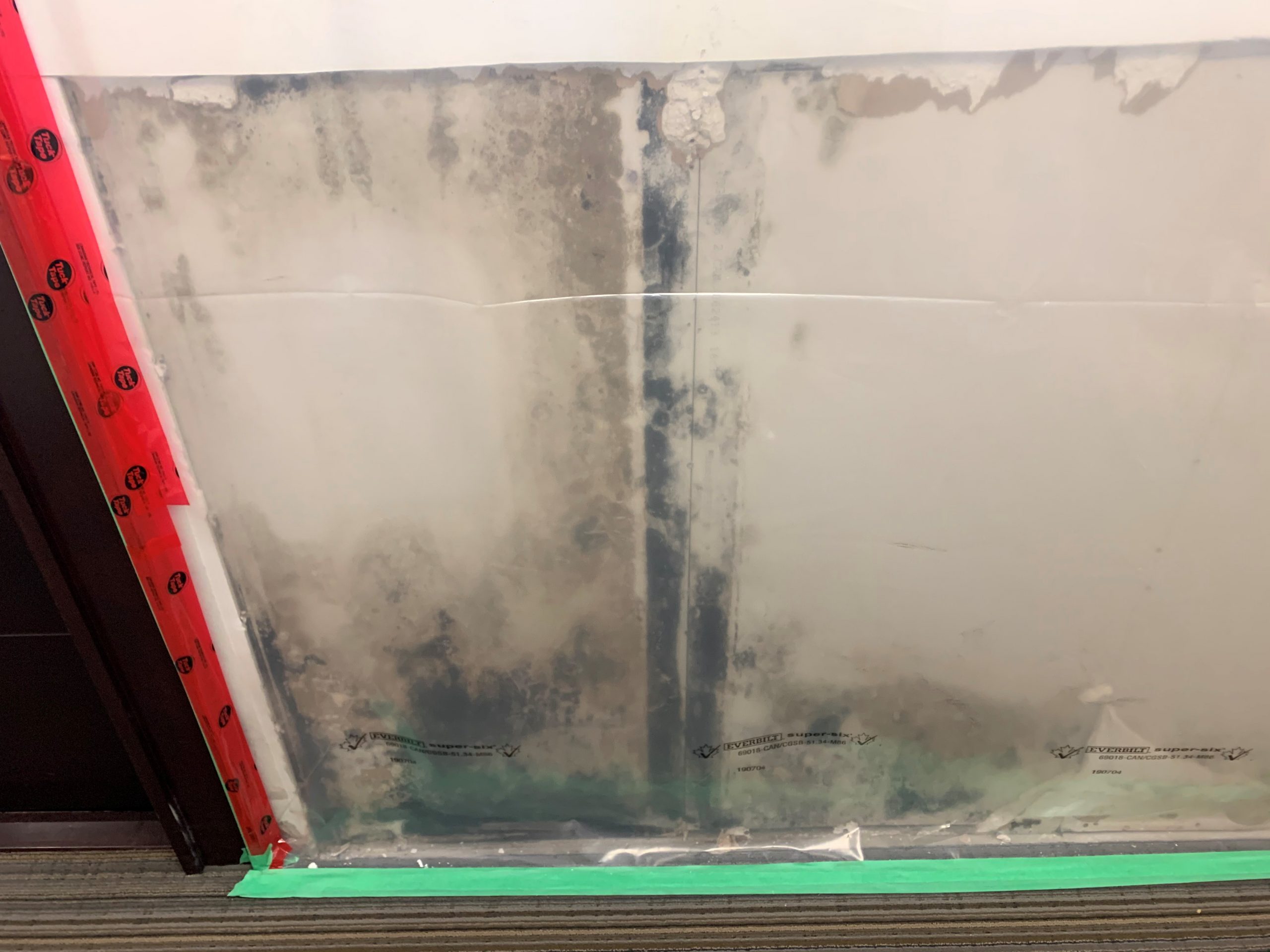Let’s Start Work
Together
Please feel free to contact us. We will get back to you with 1-2 business days. Or just call us now.
181 Bentley Street
Markham, Ontario
2100 Jetstream Road
London, Ontario


What is Mould?
Moulds are a type of fungus that are found almost anywhere – both outdoors and indoors. Indoor moulds usually originate from outside organic sources such as soil and vegetation. As part of their reproductive cycle, moulds produce millions of microscopic particles called spores. Moulds spread by releasing these spores into the air. The presence of moisture is essential for moulds to grow and they are therefore usually found in damp, poorly ventilated areas. Bathrooms are an ideal place for fungus growth. While the individual spores are invisible to the naked eye, mould colonies are visible as colourful, woolly growths. Mould spores are a major source of indoor air pollution causing allergic reactions similar to hay fever. Often people who experience allergic reactions to mould spores are susceptible to asthma. In many cases, simply limiting sources of moisture and condensation and improving ventilation can reduce the presence of mould spores.
Why Chose Us?
Mould remediation is an integrated portion of our complete environmental abatement package and Biggs & Narciso has vast experience and expertise within this specific industry. Our services extend not only to the repair of problematic areas, but we can also identify and eliminate the root cause of the problem to prevent any future reoccurrences. During the remediation process, we isolate the affected area to prevent the spread of mould to unaffected areas of the building. Contaminated materials are gathered and disposed of properly to abate any secondary mould contamination. Mould is a common concern that must be completely removed to avoid further problems.
Our work has been proven effective in numerous buildings throughout Ontario. Biggs & Narciso can work with you to remedy your mould issues, regardless of the size of the project. We can provide follow-up assistance to curtail any future mould problems in your building.
Types of Mould
While there are dozens of varieties of mould that find their way into buildings, the most dangerous strains are: Chaetomium (Kay-toe-MEE-yum) and Stachybotrys chartarum which produce airborne mycotoxins which are linked to autoimmune disease. Under certain environmental conditions, both of these fungi release mycotoxins that can cause irreversible neurological and immunological damage in humans. Spores, when inhaled, can begin to colonize in the sinuses and other parts of the body, including the brain, lungs and digestive tract. Stachybotrys has gained special attention recently because it has been discovered in portable classrooms with ongoing moisture problems. It appears as small black patches and thrives on water-soaked cellulose material such as wallpaper, ceiling tiles and drywall. Airborne moulds can spread very easily through any HVAC system.
Health Hazards
Exposure to toxic moulds may irritate skin, eyes, nose, and throat, resulting in allergy-like symptoms such as difficulty in breathing, runny nose, and watery eyes. Other symptoms could include fatigue and headache. People with allergies to moulds may experience asthma attacks. Exposure to the more dangerous moulds such as Stachybotrys or Chaetomium could result in more serious symptoms including burning in the nose, nose bleeds, severe coughing, and impairment of the immune system. Excessive exposure can worsen conditions like asthma, bronchitis, hay fever or other allergies.
In the most severe cases, exposure to toxic moulds can result in brain damage, weakened immune systems, eyesight deterioration, memory loss, coordination/balance impairment and hearing degradation. These symptoms can be permanent.
Identification of Mould Contamination
If mould is suspected, a building owner should arrange for a thorough assessment to determine whether mould is indeed present. The assessment should combine a visual building inspection with a lab analysis of bulk samples.
Visible mould is just one indicator. Since moulds thrive in dark, moist environments, the major contamination may be hidden from view. Inspections of water-damaged areas must include examining wall cavities, looking behind drywall, under carpets, and above ceiling tiles.
Since not all moulds are toxic the lab analysis is critical. It will identify the mould species which will determine the type of remediation required.
Removal and Remediation
It is imperative that mould be removed completely and the problem that created the mould in the first place be rectified. However, this work requires special control measures to prevent worker exposure as well as eliminate the possibility that the mould will spread to adjacent areas. In the case of Stachybotrys contamination this is particularly important because of its potentially severe health effects.
Removing mould can be disruptive to workplace operation. Because mould is constantly spreading it must be dealt with immediately.
Mould always needs a water source to develop. Certain areas or building features create ideal growing conditions for mould. Property managers must be diligent in their search for mould. The quicker mould is detected the more successful (and less costly) the remediation effort will be. Routine investigation for mould including a check for relative humidity and water accumulation should be part of the regular building inspection process.
The first step is to correct the cause of the moisture problems before any mould remediation takes place. Without the initial problem corrected, any mould removal will be a wasted effort. Once the source of moisture is identified and repaired, all affected areas need to be demolished and removed. The area must be thoroughly dried and repaired using suitable building materials meeting local building code specifications.
A follow-up inspection should be conducted 3-6 months after remediation to ensure that the mould has not returned.


